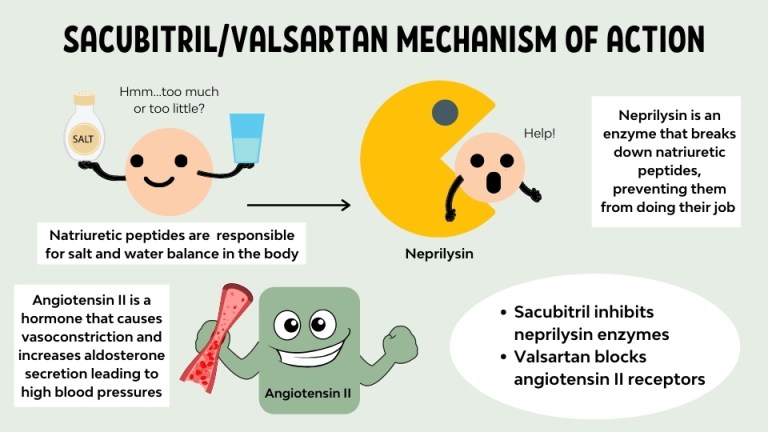There are two main groups of bacteria – Gram-negative organisms and Gram-positive organisms. They are classified based on their Gram stain. What is a Gram stain? Gram stain is named after the Danish physician Hans Christian Gram who created this staining technique for visualizing bacteria; therefore, when you refer to Gram stains, use a capital “G.” Bacteria cell walls are made up of a substance called peptidoglycan, a polymer of amino acids and sugars that serves a fundamental role in the structure and integrity of the cell.
Bacteria differ in the types of walls they have. Gram-positive organisms have a thick peptidoglycan layer that retains crystal violet stain, making them purple after Gram staining. Gram-negative organisms have two distinct layers, a lipopolysaccharide (LPS) membrane that surrounds a thin layer of peptidoglycan. The LPS membrane does not retain crystal violet stain – they are stained later in the process by a pink counterstain called safranin, making Gram-negative organisms pink after Gram staining.
A great memorization tip is to keep your P’s together
- Gram-Positive bacteria has a ‘P’ in the name to help you remember that it stains Purple
- Gram-negative bacteria doesn’t because they stain different shades of red such as reddish-pink.
Once you have made it passed the cytoplasmic membrane and cell wall, you have reached the organism’s cytoplasm wherein resides the organism’s ribosomes, genetic material, and other enzymes important to the bacterium’s survival – all things that antibiotics have been designed to target. Bacteria have ribosomes that translate messenger RNA into polypeptides and contain two subunits – the large 50S and small 30S subunits. Ribosomes are factories for protein synthesis. Proteins are responsible for all cell functions including things such as protective proteins, transport proteins, toxin proteins, and so much more!
Disrupt Cell Membrane:
There are two main antibiotics that work by disrupting the inner and outer membranes of bacterial cell wall, disrupting their function and leading to bacteria cell death, polymyxin and daptomycin.
Polymixins such as colistin and polymyxin B act like soap. Since these agents bind to the LPS layer, they have no activity against Gram-positive bacteria, which lack this layer.
Daptomycin inserts itself into the cytoplasmic membrane of Gram-positive bacteria, weakening the membrane and causing cations to leak out of the cytoplasm. This rapidly depolarizes the membrane potential, stopping processes essential for the life of the bacterium and killing it.
Cell Wall Inhibitors:
A few antibiotics target the creation of the cell wall itself, including Fosfomycin, beta-lactams (penicillin, cephalosporin, carbapenems), monobactam, and vancomycin. Fosfomycin inhibits an enzyme that catalyzes the first step of cell wall synthesis. Beta-lactam antibiotics like penicillins, cephalosporins, and carbapenems contain beta-lactam rings that irreversibly bind to enzymes on the cell membrane in bacteria called penicillin-binding proteins, or PBPs. This stops the final step in the creation of the peptidoglycan layer of bacterial cell walls, making the cell walls defective and unstable, leading to a series of events that ultimately kills the bacteria. Aztreonam, a monobactam antibiotic, also works this way. its mechanism of action is similar to a Trojan horse sneaking into the cell.
Vancomycin is a glycopeptide antibiotic that also works on cell wall biosynthesis. Glycopeptides are too big to get through the outer layer of Gram-negative bacteria, so, unlike beta-lactam antibiotics, glycopeptides only work on Gram-positive organisms. They bind to the D-alanyl-D-alanine (D-ala-D-ala) precursor – D-alanyl-D-alanine is an important component of the peptidoglycan layer, so when glycopeptides block its formation, they are stopping cell walls from being built. The lipoglycopeptides telavancin, dalbavancin, and oritavancin are like cousins to vancomycin that work the same but with an added mechanism of action similar to daptomycin that disrupts the cell membrane causing it to depolarize and become permeable, killing the cell.
Protein Synthesis Inhibitors:





































